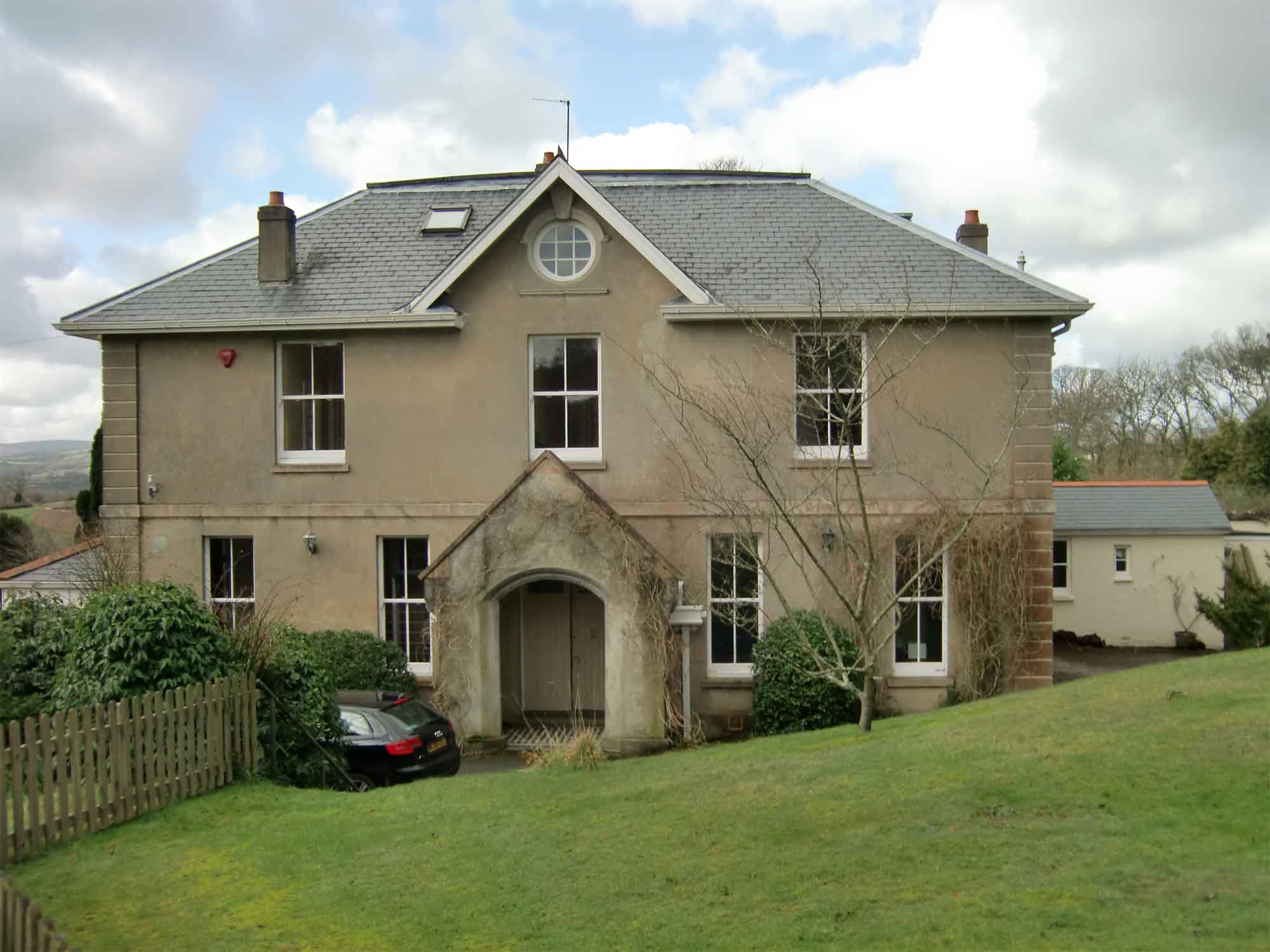Reworking an existing property is a great way to achieve a tailored home.
Even though you’re not building from scratch, the scheme can deliver a space that’s bespoke to your household’s requirements, which is why no two renovation ventures are ever the same.
Regardless of what you plan to do with the property, any project will require a careful and well-informed assessment of the original building and its capacity to be altered, extended or in-part demolished.
Getting this judgement right will usually underpin the success of the finished result, meaning a building survey is an essential first step. The assessment can be carried out by any building professional.
Opting to work with someone registered with the Royal Institution of Chartered Surveyors (RICS) is a good shout, especially if you’re after valuations.
Read more: How to add value to your property
If you’re using an architect for the appraisal, then they will have their own equivalent service/contact. Likewise, structural engineers will assess buildings and prepare reports in accordance with their regulatory protocols; their advice is usually much more specific and restricted only to structural matters.
In all three cases, any advice provided should also be supported by professional indemnity insurance.
A non-regulated building expert may well be able to offer good guidance, but not necessarily in a way that could be shared or relied upon.
What needs to be assessed?
Using the RICS guidance as an example, there are three levels of survey that can be obtained before you go ahead with buying a property:
- Level 1: is simply a condition report that’s appropriate for relatively new structures, modern specifications and fairly simple architecture.
- Level 2: is a homebuyers report, which is for assessing older and more complex buildings in more detail and includes a valuation.
- Level 3: is a building survey that’s designed for period properties and more complex structures. A full description is required of each element – its current condition, what needs to be corrected (if anything) and the implications of not doing so in a timely fashion.
When instructing a building surveyor, be very clear about the information you seek and why. If you want to keep all your options open then a RICS Level 3 Building Survey would be best.
This is designed to report on over 40 different building elements – from walls and floors through to plumbing etc.
You may already have decided that half of these things need to be replaced anyway, so much of a standard report format can end up being a waste of time and money. But the full detail will enable you to properly scope out the extent of any corrective work needed.
Briefing the pro & interpreting the results
If all the building services (such as electrics and plumbing), windows, roof coverings and floors are to be replaced, then you don’t want them included in a survey.
Assessment fees are non-standard and each surveyor will look into what they are being asked to do and calculate how much you owe them accordingly.
This is based on the complexity of the building, its size, the range of elements to be assessed and, in-part, and to a much lesser degree, by taking notice of the building’s value.


After falling in love with this spacious Georgian property and deciding to undertake a renovation project, Howard and Denise Horsman discovered the house was in a pretty bad state. Undeterred by its lack of insulation, outdated electrics and plumbing, as well as asbestos in the walls, the couple have brought new life to this grand home [Credit: Richard Downer]
For instance, if you’re planning to add another storey to a building and you want to be sure that the structure is capable of taking extra load, then the on-site assessment must include a resource to excavate some trial pits for existing foundation depths to be assessed and soil type determined.
This will be more expensive and requires extra organisation, but it will lead to a qualified opinion rather than a report that says ‘subject to a soil investigation’.
Some surveyors and engineers will organise on-site excavation on your behalf. But others will expect you to have a labourer and/or machine and driver on site ready to expose foundations in multiple areas and dig trial pits for soil test analysis.
If you are doing this before buying the house then you’ll need the vendor’s permission. Your costs are all at your own risk, even if you do not proceed with the purchase.
If you’re thinking of converting a loft, then the initial advice you want is perhaps the structural integrity of the attic floor, which will need to cater for extra load, as well as potentially lose some of the struts, braces and other supports currently in place.
You’ll want the structural survey to confirm if the joist dimensions need to change (which is highly likely) and what impact this might have on ceiling height, especially as you may have to dress down underneath the rafters to achieve thermal compliance.
Fundamentally, the more specific you can be about your intentions, the more direct the answers will be in the report. Good information is key for avoiding later disappointments.
The post Building surveys for home renovation projects appeared first on Build It.
Article reference Building surveys for home renovation projects
No comments:
Post a Comment